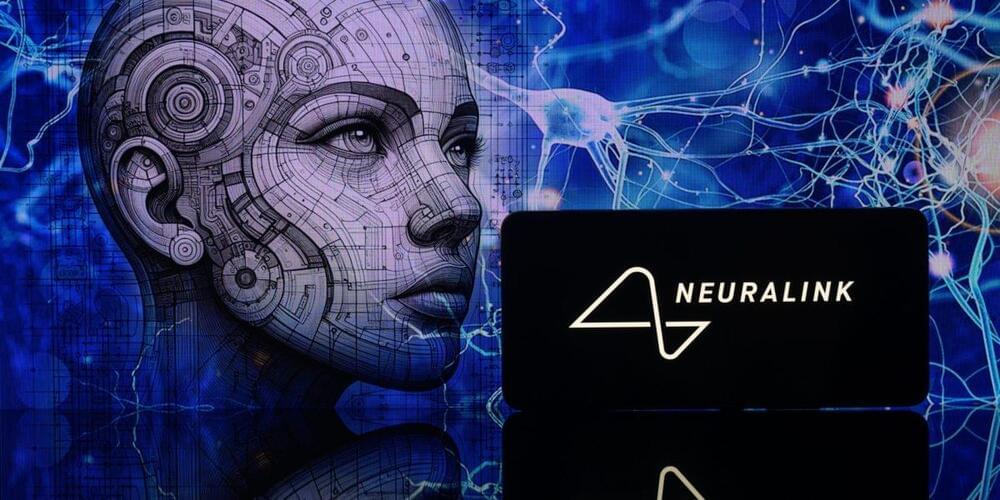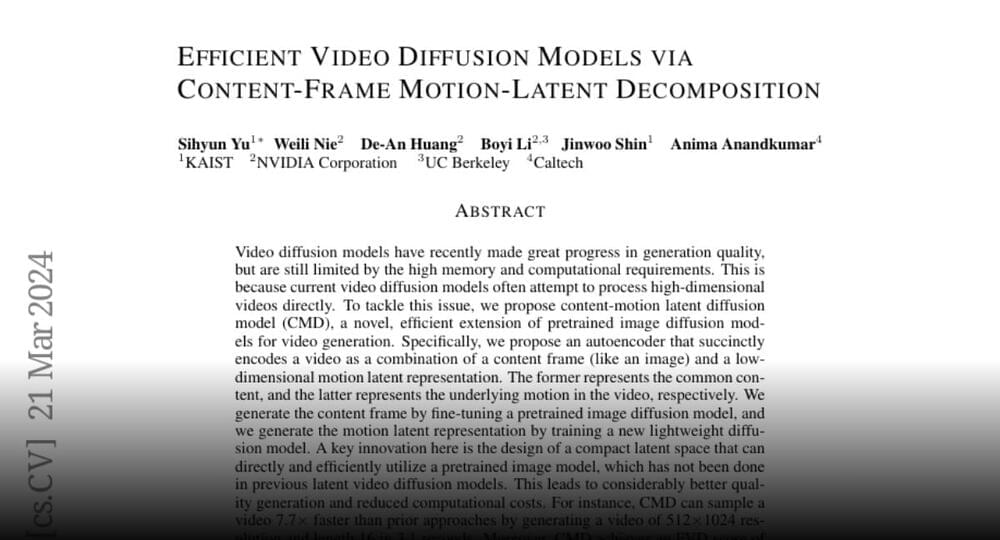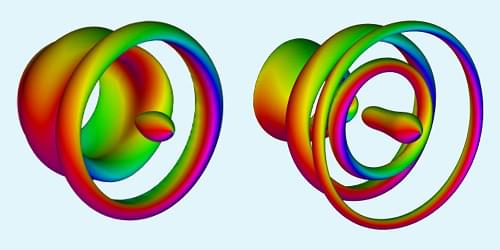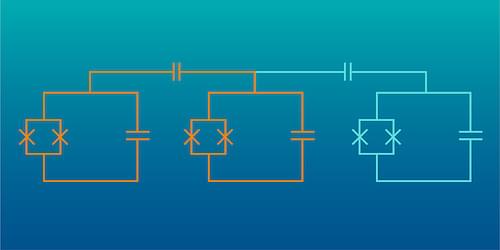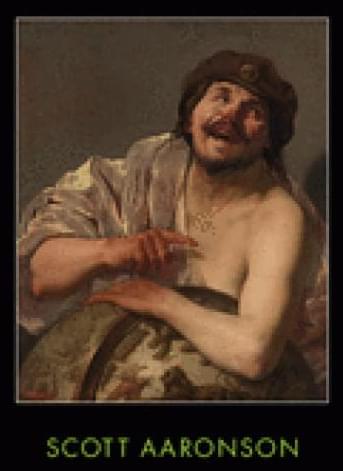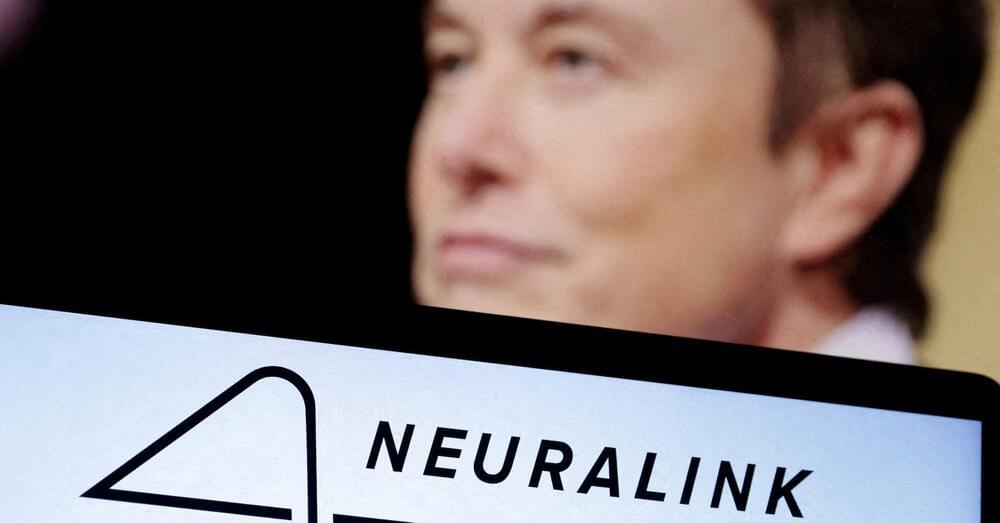Mar 22, 2024
Musk’s Neuralink says the first human to have a chip implanted in his brain can now play video games using his mind
Posted by Genevieve Klien in categories: biotech/medical, computing, Elon Musk, neuroscience
The first patient of Elon Musk’s Neuralink has been presented to the public. Noland Arbaugh had all but given up playing Civilization VI ever since a diving accident dislocated two vertebrae in his cervical spinal cord, leaving him paralyzed from the shoulders down.
When confined to his wheel chair, the 29-year-old American is totally dependent on the care of his parents, who need to shift his weight ever few hours to avoid pressure sores from sitting too long in the same position.
Moving a cursor on a display furthermore required the use of a mouth stick, a specialized assistive device used by quadriplegics.
